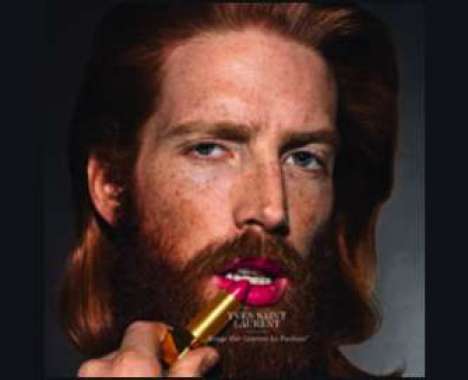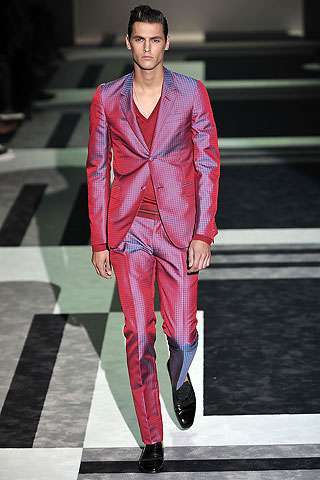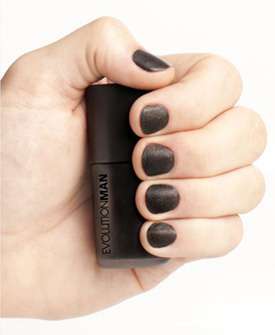The Less Masculine Side of Marketing to Men
Related Trend Reports
Business, Commercials, Cosmetics, Fashion, Fashion for Men, Hip Fashion, Life Stages, Marketing, Pop Culture, Print Over the last couple of years, Trend Hunter has discovered that the number of men readily accepting things previously associated with females only — makeup, moisturizer, the color pink, etc. — has grown, leading many brands and designers marketing to men to create products geared to the less-masculine guy.
Over the last couple of years, Trend Hunter has discovered that the number of men readily accepting things previously associated with females only — makeup, moisturizer, the color pink, etc. — has grown, leading many brands and designers marketing to men to create products geared to the less-masculine guy. As in marketing to any demographic, marketing to men requires an understanding of male consumer behavior and why men make the choices they do, and this particular change in male behavior might actually be linked to evolutionary psychology and female preferences. Women are the more finicky sex and tend to search for healthy-looking, high-quality males. A study by Fhionna Moore at the University of St. Andrews has revealed that as the level of resources in a woman’s life increases (for example, she becomes more financially stable and independent), so too does her preference for good-looking men. This could mean that women today find less-masculine — and therefore somewhat “metrosexual” — men more attractive, and men who want to attract these women are doing their part by eating healthier foods, carrying “murses,” wearing designer loafers and practicing better hygiene.
To this end, Trend Hunter has seen an interesting shift in how advertisers are now marketing to men. Our Pro Trends such as Made-Over Masculinity and Bro Beauty reveal a rising number of beauty brands, such as Clinique, Birchbox and Nivea, now catering to men who have newfound beauty routines, while accessories and fashion brands such as Diesel and Lanvin are creating satchels and totes, as well as more vibrant and feminine apparel, specifically for guys. However, fashion is not the only area where marketing to men is becoming more feminine. Technology pieces, whether it’s a wristwatch or phone, are now more sleek and sophisticated to appeal to today’s more stylish man.
If you’re looking for more information on how marketing to men has changed, check out Trend Hunter’s Marketing Trend Report, as well as our niche Cosmetics and Fashion for Men reports.
References: trendhunter


